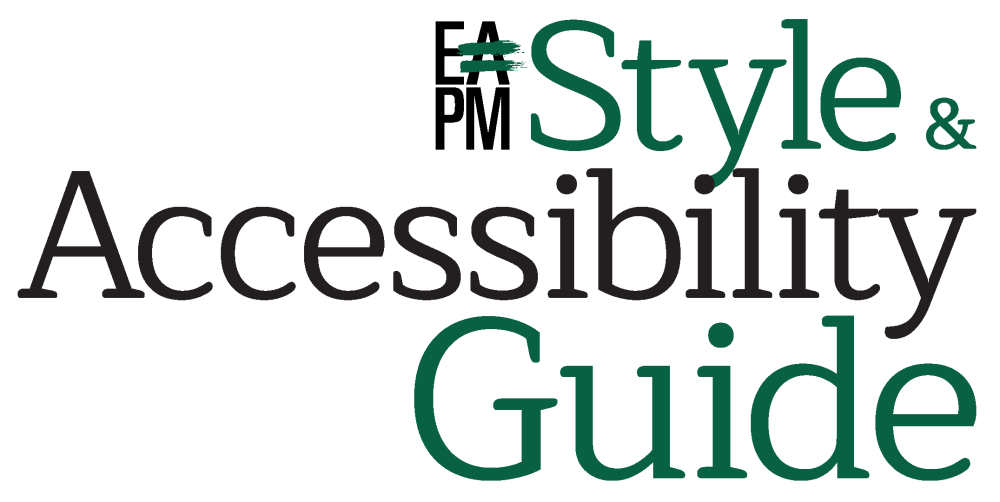accessibility
Describes the broad concept of making environments, spaces, products, technologies, and services available to disabled people and people who need access not traditionally provided. This may be through universal design, through removal of barriers, through adaptive technology or equipment, Web Content Accessibility Guidelines (WCAG), or any the above.
In the physical world, accessibility may be seen in ramps, elevators, braille on elevator buttons, crosswalk signs that speak or emit beeps or sound, sidewalks with small ramps to the street at crosswalks called curb cuts and textured areas to mark street crossing, railings, and doors that open automatically.
On a website, accessibility is done by design using white space, text size, plain language, code that ensures a web site interacts properly with screen readers and braille keyboards, and uses high contrasting colors.
Accessibility strives to bring equity for all who interact with a space, product, or technology.
Also see universal design and WCAG.
Didn’t find what you need?
Try searching the Style and Accessibility Guide in the box below
Join the Guide patrons
The Style and Accessibility Guide is free to use because people like you have become Guide patrons. Consider joining for $24.99 a year — or any amount you choose.
